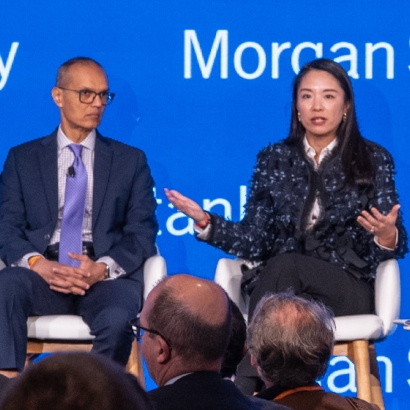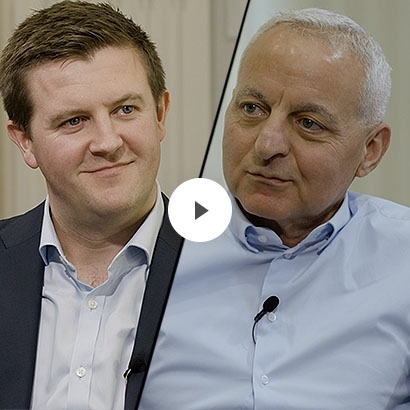Cloud Computing’s Next Wave: A Supercycle Fuelled by AI and Enterprise Migration
This article is based on the Morgan Stanley report “Cloud Computing – The next wave” June 06, 2025.
Cloud computing is entering a transformative phase, driven by the convergence of enterprise workload migration and the rapid adoption of Artificial Intelligence (AI). According to Morgan Stanley Wealth Management, this shift could mark the beginning of a “supercycle” in cloud infrastructure investment. While recent cloud capex has focused on AI investment, we note a significant amount of growth is coming from a resurgence in non-AI cloud capex, to the extent that Morgan Stanley believes it will surpass AI capex in 2025. We believe this is an important indicator as it more likely reflects monetising investment for tech firms.
Cloud computing remains an enduring thematic, set for acceleration
The migration of enterprise workloads to the cloud remains a powerful secular trend. Despite years of progress, the overall transition is still in its early stages. However, substantial increases in compute power will be required over many years to meet the demand of both cloud and Generative AI (GenAI). It is projected that 6x increase in data centres will be needed in Europe by 2035. Cloud Computing represents the primary drive of this demand (~60% of data centre grow), exceeding AI which is the secondary contributor (~25% of growth). Companies like Microsoft Corp, Amazon.com Inc, SAP SE, and Xero Ltd are well-positioned to benefit from this ongoing transformation.
AI Accelerates Cloud Demand
AI is not just a buzzword—it’s a catalyst. As organisations seek to leverage Generative AI, cloud infrastructure becomes essential. This need is prompting enterprises to fast-track their cloud strategies. For example, SAP SE has seen increased adoption of its S/4 Hana cloud offering, driven by demand for AI capabilities. We see ongoing evidence of real AI adoption and monetisation by enterprises as a key indicator for rising enterprise cloud demand.
ERP System Upgrades Fuel the Shift
Legacy on-premise systems are approaching end-of-life, creating a “forcing function” for cloud migration. SAP SE and Oracle Corp, which together hold ~46% of the ERP market, are central to this upgrade cycle. With ~75% of SAP’s support base yet to move to the cloud, the opportunity is substantial. In the case of SAP SE, normal maintenance for previous generation ERP customers will end in 2027, with extended support by 2030 (although at higher price).



